How do you make a bog garden | What kind of plants live in a bog
What is a bog garden?
A bog garden is an area of soil that is waterlogged or even wet all year round. It is similar to, but not, strictly, the same as, an area of moist soil such as might be found close to the shallow margins of an informal pool. Gardeners who are interested in growing a wide range of plants from different habitats like to create a separate bog garden so that they can grow some of the plants that thrive in those conditions. In some cases it is simply a matter of planting in the margins of a pond, but gardeners who do not necessarily want a pond or those who would like to grow more plants than can be accommodated around the pond will prefer to create a special area in which the soil is kept artificially moist. This is achieved by lining a bed with heavy-duty polythene or an old pond liner and then filling it in with a moisture-retentive soil. If the bog garden is created next to a pond, water from the pond can be used to top up the water level in the bog garden. If a separate bog garden is built, it will need to be kept moist by a semi-automatic system or to be periodically flooded with a garden hose or with water that has run off from the house.Can a bog garden be any shape?
Yes; a bog garden is like any other bed in the garden. Ideally, however, the bog garden should be at least as wide as it is long because it will be easier to keep such an area moist. It is not only important that the soil is moist; bog plants like a moist atmosphere as well, and it is easier to achieve this among plants in a wide area than it is when they are set in a narrow strip. If you have space, a wide bed is preferable because many of the plants that can be grown in a bog garden can grow quite large, and tall plants in a narrow bed nearly always look unsatisfactory. An exception would be if you were to create long, narrow beds along the sides of a stream, but even here you should try to provide some additional width in places on at least one side.Does a bog garden need to have areas of water in it?
Natural bogs often have patches of visible water, but in the garden this is not essential. Indeed, it can be a nuisance, because not all of the plants grown in a bog garden will grow in standing water. They like moist conditions but will die if their roots are in stagnant water. Most bog gardens, therefore, are constructed in such a way that the soil is moisture-retentive but excess water can drain away. If you wanted to create an authentic bog, areas of water could be included, but they are best avoided in most gardens. A nearby or adjacent pond will be more attractive and just as useful.Does a bog garden have to be built next to a pond?
No, although bog gardens do associate well with ponds. A large area of bog plants viewed across the surface of a pond will look very attractive, of course, because the water is a natural companion to a boggy area, both visually and in helping to keep the soil and atmosphere moist. Some bog gardens will also benefit if the pond is constructed so that excess water runs into the bog garden. However, it is not an essential partnership, and many successful bog gardens are created away from any water.What kind of plants can I grow in a bog garden?
Several different groups of plants can be grown in a bog garden. First, there are the plants that are often grown in the shallow water around the margins of a pond. Although not all grow without standing water, most can be grown in ordinary soil as long as it is moist Caltha palustris (marsh marigold, kingcup) is a good example. Second, there are the true bog plants, which naturally grow in bogs and marshy ground - Osmunda regaiis (royal fern, flowering fern) and Trollius europaeus (European globeflower), for example. Then there are those plants that can be grown in ordinary garden soil as long as it is moist. Such plants do not necessarily need a bog garden, but do well in the conditions found there. Hostas are a good example. Finally, there are one or two structural plants, such as trees and shrubs, which will grow in moist conditions - Salix spp. (willow), for example. These four categories cover a vast range of plants.Bog garden plants
The following are suitable for inclusion in a bog garden, although they would also grow in any reliably moist soil elsewhere in the garden.• Cardamine pratensis (lady's smock, cuckoo flower)
• Filipendula ulmaria (meadowsweet), illustrated left
• Gunnera manicata (giant rhubarb)
• Iris ensata (syn. I. kaempferi)
• Lobelia cardinalis (cardinal flower, Indian pink)
• Lythrum salicaria (purple loosestrife)
• Onoclea sensibilis (sensitive fern)
• Persicaria bistorta (syn. Polygonum bistorta; bistort)
• Primula japonica (Japanese primrose)
• Rodgersia pinnata

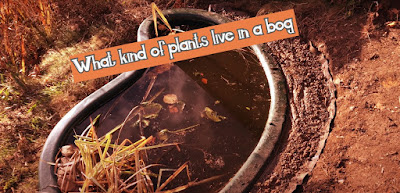
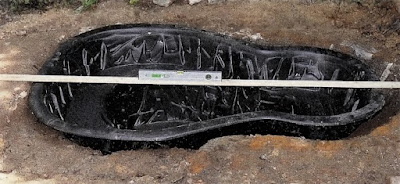



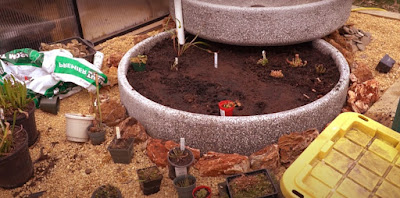


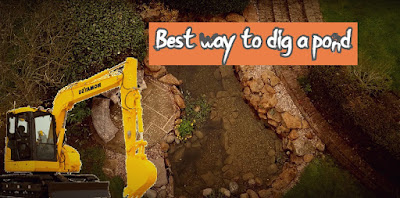
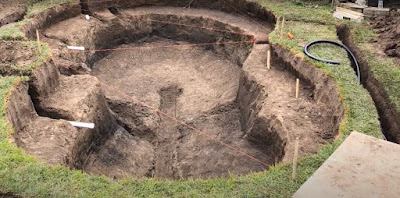
Comments
Post a Comment